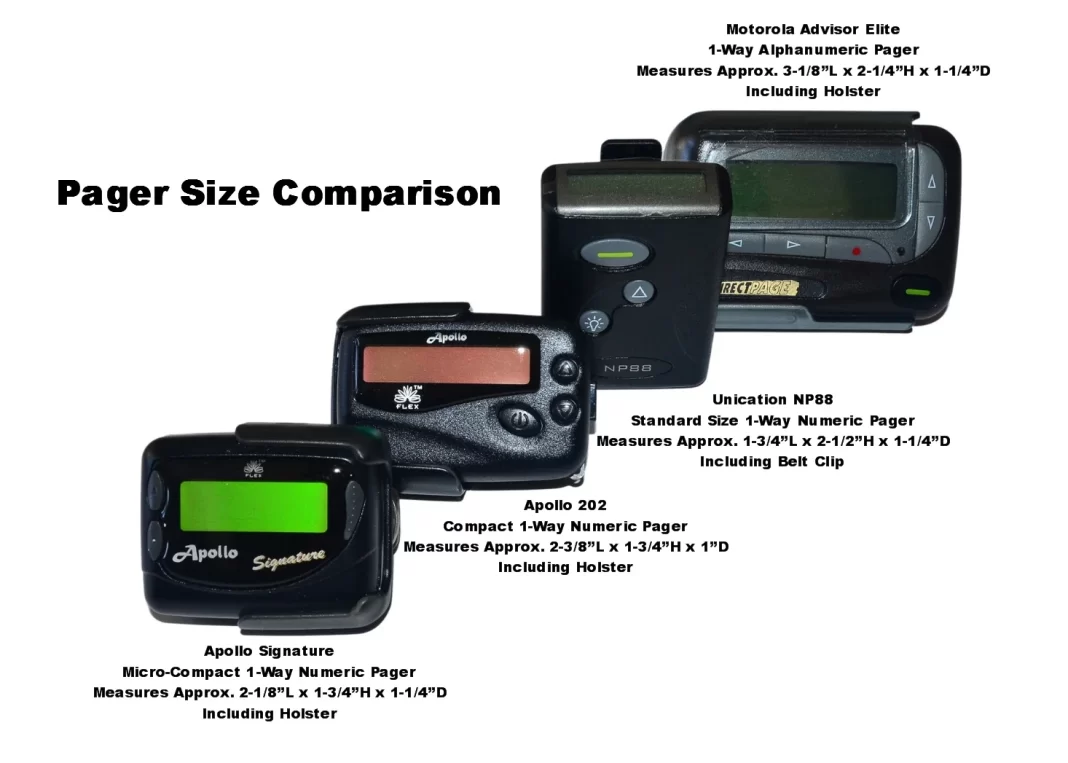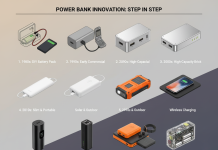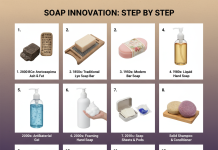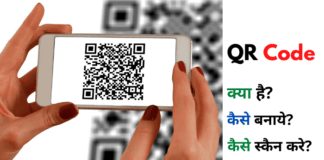1st Pager Founder and History, yaani बिपर or ब्लिपर, ek wireless device hai jo short messages ya alerts receive karta hai. It was a game-changer in communication, especially jab mobile phones nahi the. Aaj bhi, pagers are used in hospitals, emergency services, aur some industries for their reliability. Is article mein, we’ll cover the founder, first pager, year-by-year development, aur Wi-Fi/SIM card integration, with Hindi aur English mix, in around 800 words.
Origins of Pagers: Shuruaat Kahan Se Hui?
Pagers ka concept started in the early 20th century. It’s a small device that beeps, vibrates, ya displays messages. Unlike mobile phones, pagers are mostly one-way, lekin some two-way models bhi aaye later. The word “pager” comes from “page,” meaning to call someone. Ye device professionals, doctors, aur even drug dealers ke liye popular tha in the 1990s, especially in India, jahan it was a status symbol.
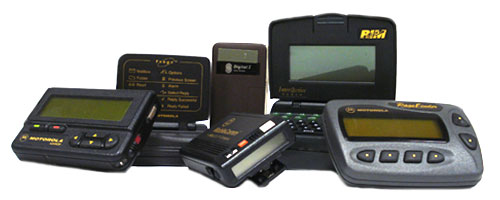
1st Pager Founder and History
The pager ka credit Al Gross ko jata hai, an American inventor and wireless communication pioneer. In 1949, Gross patented a device that worked like a pager, designed for doctors to receive alerts without disturbing patients. His invention was first used by New York City’s Jewish Hospital in 1950. Lekin, the earliest pager-like system was developed in 1921 by a Boston patrolman and an engineering student for the Boston Police Department, fitted in patrol cars by 1928. Al Gross’s work, however, made pagers portable aur practical for widespread use. Later, Motorola became the dominant player, capturing 80% of the market by the 1990s.
First Pager
The first true pager, as we know it, was Al Gross’s 1949 device, a portable radio receiver that beeped or displayed messages. It was bulky compared to modern standards, lekin revolutionary tha for its time. By 1950, it was adopted in hospitals, marking the first commercial use. These early pagers were tone-only, meaning they only beeped to alert users to call a specific number.
Year-by-Year Development of Pagers
1921-1928: Pehla Pager System
- 1921-1927: A Boston patrolman aur engineering student developed a one-way radio system for police cars, considered the first pager-like system.
- 1928: This system was installed in patrol cars, allowing officers to receive alerts.
1949-1950: Modern Pager Ka Birth
- 1949: Al Gross patented the first portable pager, designed for medical professionals.
- 1950: New York’s Jewish Hospital adopted Gross’s pager, making it the first commercial use.
1960s: Tone aur Voice Pagers
- 1960s: Motorola introduced tone-only pagers (beepers) that alerted users with a sound. Some models added voice pagers, allowing short audio messages. Ye hospital staff ke liye kaafi useful tha.
1970s: Sophisticated Devices
- 1970s: Motorola launched single-tone, multi-tone, aur voice-enabled pagers. These were widely used in healthcare for critical communication. Pagers became smaller aur battery life improved.
1980s: Wide-Area Paging aur Popularity
- 1980: Wide-area paging networks were introduced, allowing messages to be sent across cities or countries via radio waves. This made pagers a status symbol, especially in India.
- 1980s: Pagers gained popularity in India, with companies like Motorola, Mobilink, aur BPL leading the market. They were seen as a sign of “business success.”
1990s: Peak of Pagers
- 1994: Pagers became popular for personal use, especially for texting short messages. Alphanumeric pagers could display numbers aur text, making them versatile.
- 1995: India mein pager services launched officially. Motorola held 80% market share, with 200,000 subscribers by year-end. Pagers were offered in Hindi aur Gujarati to reach small businesses.
- 1998: India’s pager market peaked with nearly 2 million subscribers, lekin mobile phones started taking over.
2000s: Decline aur Niche Use
- 2001: Motorola stopped producing pagers as mobile phones became dominant. Pagers shifted to healthcare aur emergency services due to their reliability.
- 2002: India’s pager subscribers dropped to less than 500,000 due to mobile phone competition. Two-way pagers couldn’t save the market.
- 2008: The U.S. paging industry generated $2.1 billion, down from $6.2 billion in 2003, showing a global decline.
- 2013: Canada had 161,500 pager users paying $18.5 million for services. India was close to a “total wipe-out” of the paging industry.
2010s: Healthcare aur Critical Comms
- 2015: Telus ended Canada’s pager service, but Bell and Rogers continued. In the UK, the NHS used 10% of the world’s pagers (130,000) at a cost of £6.6 million annually.
- 2017: Pager, Inc. (founded by Gaspard de Dreuzy, Philip Eytan, aur Oscar Salazar in 2014) launched a virtual care app, not a traditional pager, showing the evolution of the term “pager.”
- 2019: The UK planned to phase out NHS pagers by 2021, lekin many hospitals still relied on them for secure communication.
2020s: Pagers in Modern Times
- 2021: Around 2 million pagers were still in use globally, mainly in healthcare, emergency services, aur birdwatching communities for reliable alerts.
- 2024: Pagers gained attention after a Hezbollah attack in Lebanon, where Israel detonated pagers, showing their continued use in secure communications.
- 2025: Pagers remain niche but critical in hospitals, search and rescue, aur disaster response due to their reliability over cellular networks.
Wi-Fi and SIM in Pagers
Traditional pagers use VHF radio signals (138-466 MHz), not Wi-Fi or SIM cards, for long-range, reliable communication. Lekin, modern paging systems have evolved:
- Wi-Fi: Some on-site paging systems, like those by Visiplex, use Wi-Fi for in-building communication, especially in hospitals. These systems are hardwired to the infrastructure, offering secure mass messaging without relying on cellular networks. Wi-Fi pagers are limited to specific locations, unlike radio-based pagers.
- SIM Cards: Pagers don’t typically use SIM cards, as they rely on radio frequencies. However, some two-way pagers in the 1990s used proprietary networks that mimicked SIM-like functionality for sending replies. Modern devices like Pager, Inc.’s app use SIM cards in smartphones for virtual care, but these aren’t traditional pagers.
Pagers’ strength is their simplicity—no need for Wi-Fi or SIM in most cases, making them reliable in remote areas or during disasters when cellular networks fail.
Pager Ka Cultural Impact
In India, pagers were a status symbol in the 1990s, especially for businessmen. Motorola aur BPL ke pagers were seen on belts or in pockets, showing “main busy hoon.” They were used for quick alerts, like “call me back” ya numeric codes for pre-set messages. Hindi aur regional language displays made them accessible to small businesses in Gujarat aur other states.
Pagers also featured in pop culture, with Bollywood films showing heroes getting urgent “beeps.” Lekin, jab mobile phones aaye, pagers ka craze khatam ho gaya. Today, hospitals mein pagers are still used kyunki they’re secure, reliable, aur battery life is amazing—sometimes lasting weeks
Conclusion
Pagers, from Al Gross’s 1949 invention to India’s 1990s boom, transformed communication. Despite mobile phones taking over, pagers remain critical in healthcare aur emergencies for their reliability. Wi-Fi-based systems have modernized on-site paging, lekin traditional radio pagers don’t need SIM cards, making them unique. In India, pagers were once a desi status symbol, aur their legacy lives on in hospitals aur niche communities. Will they survive the smartphone era? Only time will tell.
1st Pager Founder and History 1st Pager Founder 1st Pager History Pager History in hindi Pager Founder in hindi Pager kaise bana Pager in hindi

